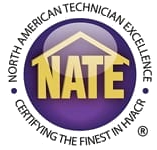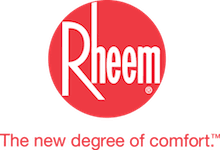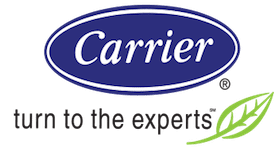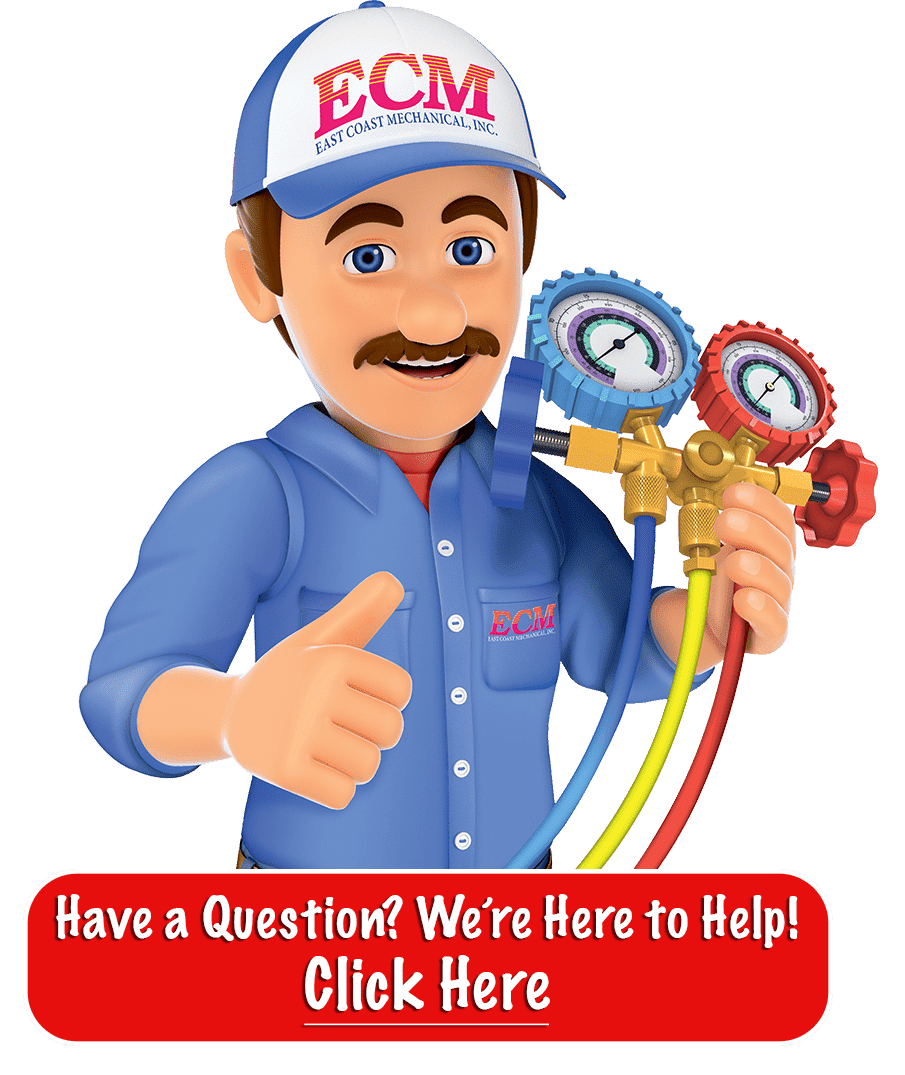I. Introduction
Navigating the detailed world of HVAC (Heating, Ventilation, and Air Conditioning) systems can initially appear overwhelming, given the myriad of terms and components. However, even a foundational grasp of this field can immensely benefit homeowners and consumers alike. By familiarizing themselves with crucial HVAC terminology, individuals are better positioned to make decisions that align with their needs and preferences. This foundational knowledge facilitates more straightforward communication with industry professionals. It empowers users to optimize the performance and longevity of their systems, ensuring they harness the full benefits of modern heating and cooling solutions.
II. AHRI and Industry Standards
The Air Conditioning, Heating, and Refrigeration Institute (AHRI) is paramount in setting industry standards. AHRI’s certifications assure product performance, a critical benchmark in the HVAC domain.
III. Air Handling Units (AHUs)
An Air Handler or Air Handling Unit (AHU) is a vital component in HVAC systems, designed to circulate and regulate air. Their primary function is to ensure a consistent, efficient flow of conditioned air throughout homes and buildings.
IV. Decibel (dB) Ratings
Decibel (dB) is the unit used to measure sound intensity. For perspective, whispering measures around 30 dB, while a normal conversation is about 60 dB, helping consumers gauge the quietness of their HVAC units.
V. Department Of Energy (DOE) Standards
The U.S. Department of Energy (DOE) is instrumental in monitoring energy consumption. By setting rigorous efficiency standards, the DOE ensures that heating and cooling units adhere to optimal performance metrics.
VI. Dry-Charged Units
Dry-charged units are specific HVAC units designed for compatibility with R-22 refrigerant. They are commonly used as replacement units, especially in older systems.
VII. Electronic Air Cleaners
Electronic Air Cleaners are a frontline defense against airborne contaminants, ensuring air quality by reducing particles and pollutants within heating and cooling systems.
VIII. Energy Efficiency Ratio (EER)
EER, or the Energy Efficiency Ratio, denotes cooling efficiency. Higher EER ratings translate to more energy-efficient air conditioners, leading to cost savings for consumers.
IX. ENERGY STAR® Certification
The ENERGY STAR® program sets the gold standard for energy efficiency. Selecting HVAC products with this certification often reduces energy costs and a diminished carbon footprint.
X. Evaporator Coil
The Evaporator Coil is strategically located in HVAC systems, absorbing heat from the indoor air and playing a pivotal role in cooling processes.
XI. Fan Coil Units (FCUs)
Fan Coil Units (FCUs) are compact units that heat or cool rooms without requiring extensive ductwork. They are versatile, cost-effective, and available in multiple configurations.
XII. Garage Heaters and Gas Furnaces
Garage Heaters offer the specialized function of warming car garages, ensuring vehicles start smoothly in colder climates. In contrast, Gas Furnaces efficiently convert natural gas or propane into heat, providing cozy interiors.
XIII. Grid-Tie Inverter Solar Systems
Grid-Tie Inverter Solar Systems leverage solar-generated electricity, offering substantial cost-saving benefits to homeowners.
XIV. Heating Seasonal Performance Factor (HSPF)
HSPF, or the Heating Seasonal Performance Factor, measures heating efficiency for heat pumps. A higher HSPF rating signifies better heating efficiency.
XV. Horizontal Flow Systems
Horizontal Flow is preferred in specific HVAC configurations, like air handlers or furnaces, especially in attics or crawl spaces.
XVI. Humidifiers and Humidistats
Humidifiers ensure comfort by adding moisture to the indoor air. Humidistats maintain desired humidity levels in tandem, balancing dry and overly humid conditions.
XVII. HVAC Dampers and Zoning Systems
HVAC Dampers regulate airflow, optimizing comfort. Coupled with HVAC Zoning Systems, they enable customized comfort zones and heightened efficiency.
XVIII. iComfort®-Enabled Products
These products enhance home comfort with their compatibility with programmable thermostats, offering homeowners superior control.
XIX. MERV Rating and Micron Measurement
MERV Rating gauges air filter efficiency, while Micron Measurement aids in assessing indoor air quality by measuring particle sizes.
XX. NATE Certification and Net Metering
NATE Certification is a respected qualification for HVAC technicians. On the other hand, Net Metering serves homeowners by crediting their utility bills for excess solar-generated electricity.
XXI. Oil Furnaces and Outdoor Coils
Oil Furnaces efficiently convert heating oil into heat. Meanwhile, Outdoor Coils, or condensers, play a crucial role in heat exchange processes.
XXII. Packaged Units and Particle Control
Packaged Units are comprehensive solutions housing heating and cooling systems in one unit. Ensuring reasonable Particle Control is essential for maintaining indoor air quality.
XXIII. Programmable Thermostats and SEER Ratings
Programmable Thermostats enable homeowners to schedule temperature changes, enhancing comfort and efficiency. SEER, or the Seasonal Energy Efficiency Ratio, gauges air conditioner efficiency.
XXIV. SilentComfort™ Outdoor Fan Motor and Split System HVAC
These fan motors enhance system performance by operating with reduced noise levels. On the other hand, Split System HVAC incorporates indoor and outdoor units.
XXV. Thermidistats and Thermostats
Thermidistats monitor temperature and humidity, while Thermostats regulate HVAC systems, ensuring optimal conditions.
XXVI. Tons and Two-Stage Operation
In HVAC parlance, Tons measure cooling capacity. The two-stage operation provides enhanced temperature control and heightened efficiency.
XXVII. Conclusion
HVAC terminology is extensive and detailed, from the complexities of Air Handling Units (AHUs) to the nuances of Two-Stage Operations. This intricacy can be overwhelming, but homeowners are better equipped to make informed decisions with an understanding of these essential terms. This knowledge empowers them to select suitable systems and maintenance options. It ensures a harmonious balance of comfort and energy efficiency in their homes for many years.
















